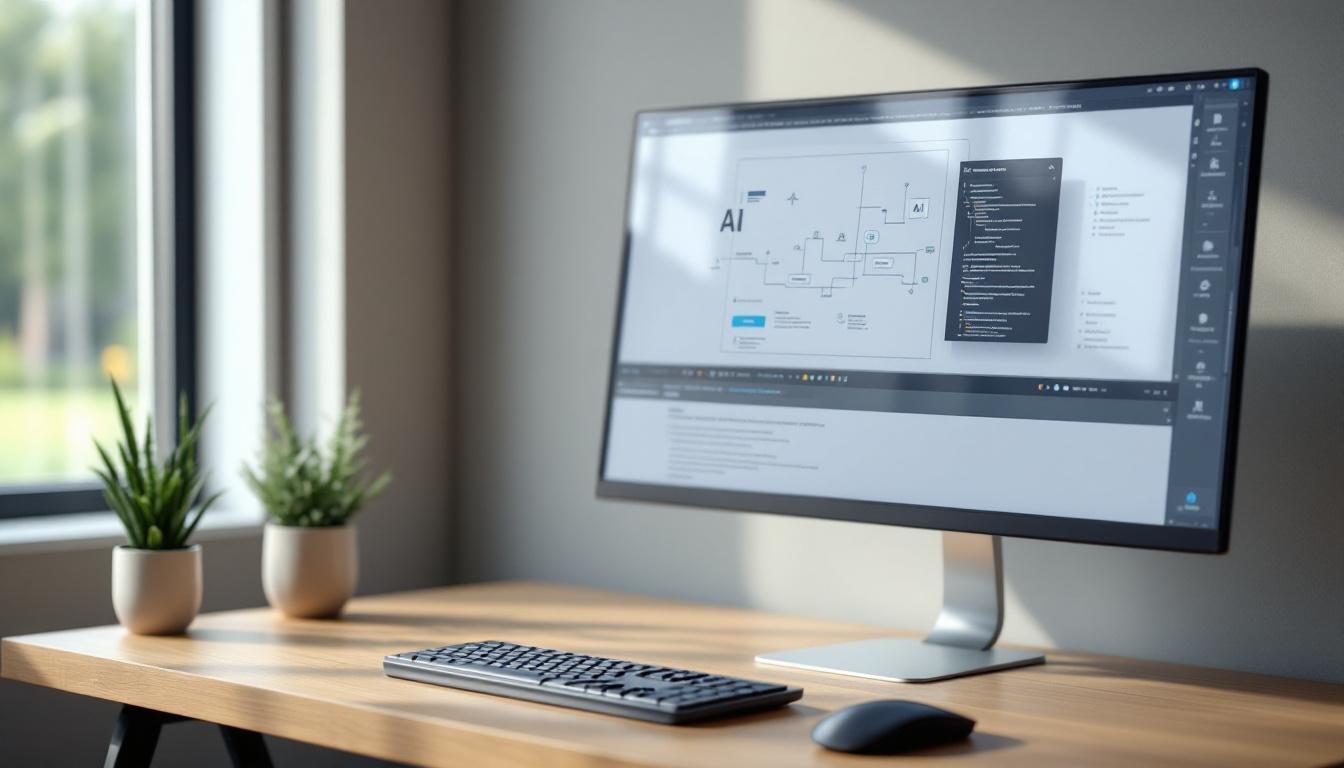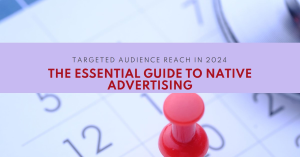At Kolorfirst LLC, we’re witnessing a revolution in web design. Artificial intelligence is reshaping how websites are created, optimized, and experienced.
This blog post explores the current applications, benefits, and challenges of AI in web design. We’ll also look at what the future might hold for this rapidly evolving field.
How AI Transforms Web Design Today
AI revolutionizes web design, offering powerful tools that streamline processes and enhance user experiences. These technologies reshape the industry, providing innovative solutions for designers and businesses alike.
AI-Driven Layout Generation
Automated layout generation stands out as a significant advancement. 10Web employs AI to automatically generate responsive, SEO-friendly websites for WordPress users. This approach saves designers countless hours, allowing them to focus on refining and personalizing the final product.
Personalization at Scale
AI enables hyper-personalized user experiences. By analyzing user behavior and preferences, AI adapts content and layouts in real-time. This level of personalization leads to higher satisfaction, improving speed and relevance for users.
Intelligent Chatbots and Virtual Assistants
AI has made chatbots and virtual assistants increasingly sophisticated. These tools handle complex queries, provide instant support, and guide users through website navigation. This technology improves customer service and frees up human resources for more complex tasks.
Smart Content and Image Optimization
AI transforms content and image optimization approaches. Machine learning-powered tools automatically resize and compress images without quality loss, improving load times and user experience. Moreover, AI analyzes content performance and suggests optimizations to improve engagement and SEO. This data-driven approach removes the guesswork from content strategy, resulting in more effective websites.
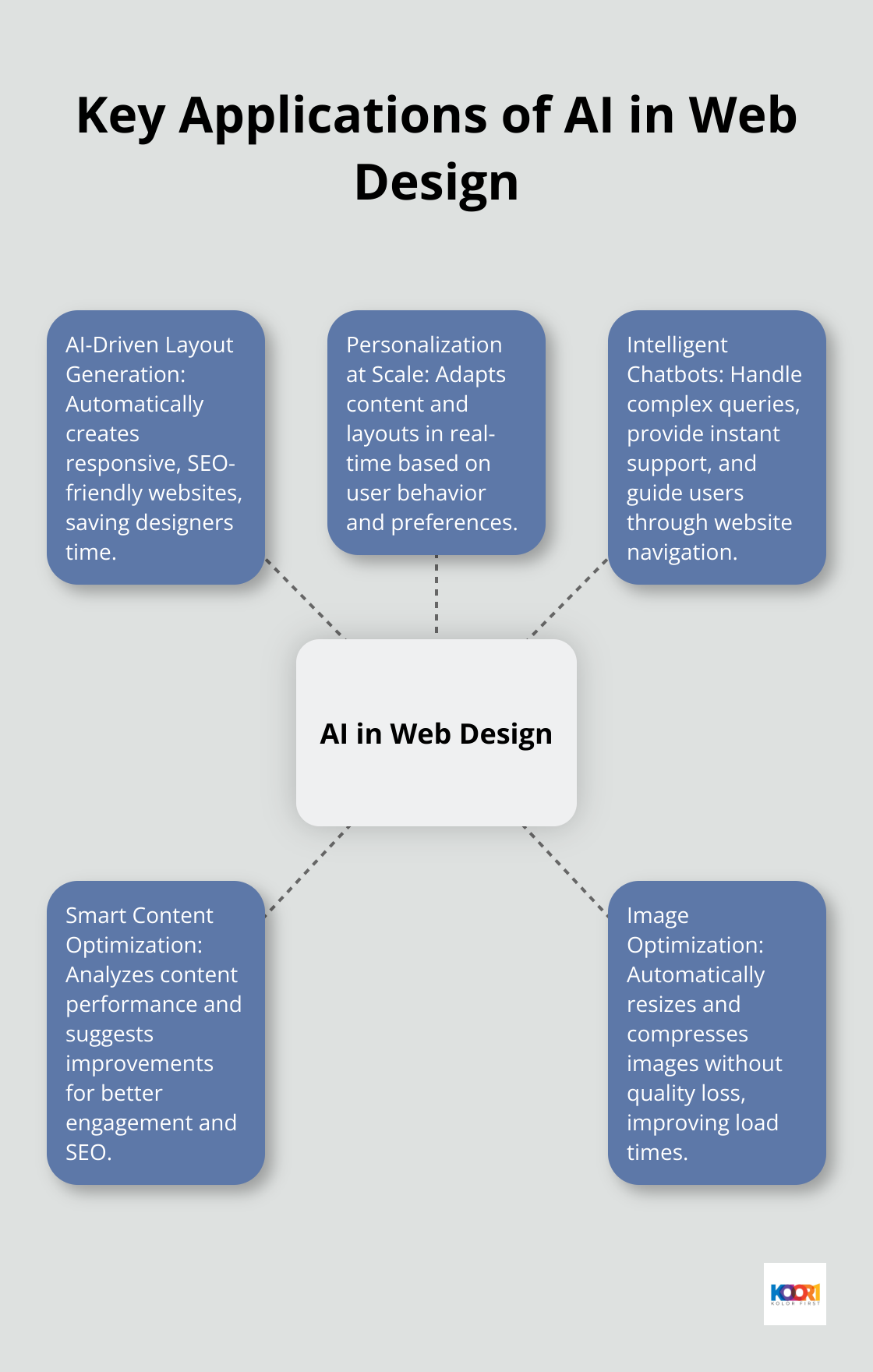
The Future of AI in Web Design
As AI continues to evolve, it opens up new possibilities for creating more effective, engaging, and user-friendly websites. The integration of AI in web design represents a fundamental shift in how we approach digital experiences. Companies that embrace these technologies position themselves at the forefront of innovation, ready to meet the ever-changing demands of the digital landscape.
The next chapter will explore the numerous benefits that AI-powered web design brings to businesses and users alike, showcasing why this technology has become indispensable in the modern digital world.
AI-Powered Web Design Benefits
AI-powered web design revolutionizes the digital landscape, offering numerous advantages to businesses and users. This chapter explores the concrete benefits that make AI an indispensable tool in modern web design.
Supercharged Productivity
AI tools significantly reduce web design task completion times. Wix’s AI Design Intelligence (ADI) generates a complete website in minutes, a process that traditionally takes days or weeks. This efficiency allows designers to prioritize high-value tasks like strategy and creativity.
Enhanced User Engagement
AI-driven personalization amplifies user engagement. This study conducts a comparative analysis of AI-driven personalization strategies in web content delivery, focusing on user engagement in the United States.
Data-Backed Decision Making
AI tools provide invaluable insights for informed decision-making. Google Analytics 4, with its machine learning capabilities, offers predictive metrics that help businesses anticipate user behavior and optimize their websites.
Improved Accessibility
AI makes the web more inclusive. Microsoft’s AI for Accessibility program has developed tools that automatically generate alt text for images, improving website accessibility for visually impaired users. This technology has enhanced screen reader experiences for millions of users worldwide.
Cost-Effective Solutions
Cost-effective solutions are one of the key advantages of using AI for web design and development. AI-powered web design tools often provide cost-effective solutions for businesses of all sizes. These tools automate many aspects of the design process, reducing the need for large design teams or extensive outsourcing.
The next chapter will explore the challenges and limitations of AI in web design, providing a balanced view of this transformative technology.
AI in Web Design Challenges
The Human Touch in Design
AI excels at data analysis and pattern recognition, but it struggles with nuanced creativity. A study by the University of Oxford found that 98% of designers believe AI cannot replicate human creativity in design.
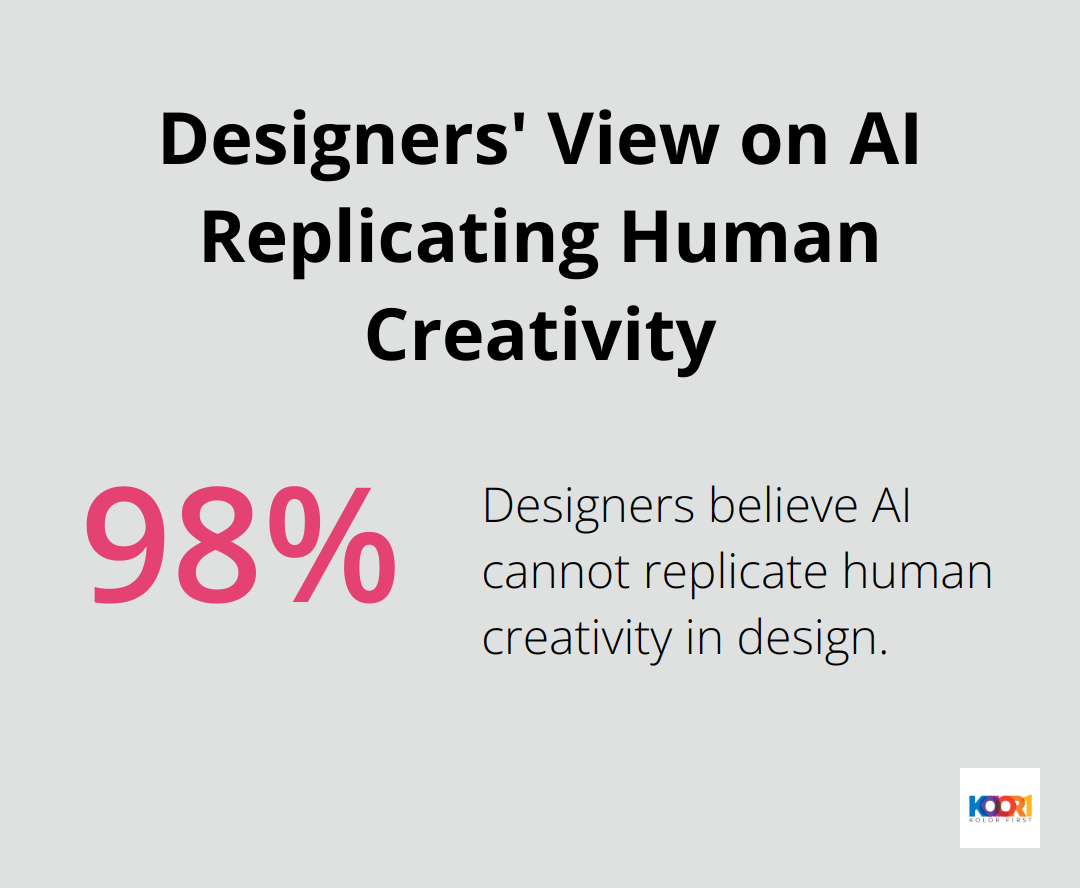
This limitation becomes apparent in projects requiring emotional resonance or brand storytelling. Nike’s “Dream Crazy” campaign exemplifies the nuanced messaging and visual storytelling that AI currently cannot replicate.
Algorithmic Bias and Its Implications
AI algorithms can inadvertently perpetuate biases present in their training data. This bias manifests in web design through skewed user personas or biased content recommendations. Companies must actively diversify their AI training data and implement regular bias audits to mitigate this issue.
Data Privacy in the AI Era
As AI systems process vast amounts of user data to personalize experiences, privacy concerns escalate. The General Data Protection Regulation (GDPR) in Europe has led to fines totaling over €300 million for data breaches since its implementation. Web designers must now balance personalization with stringent data protection measures. The implementation of transparent data usage policies and obtaining explicit user consent for AI-driven features is no longer optional-it’s a legal and ethical imperative.
Seamless Integration with Existing Workflows
Integrating AI tools into established design processes poses significant challenges. A survey by Deloitte found that 47% of businesses struggle with AI integration due to legacy systems and workflow disruptions.
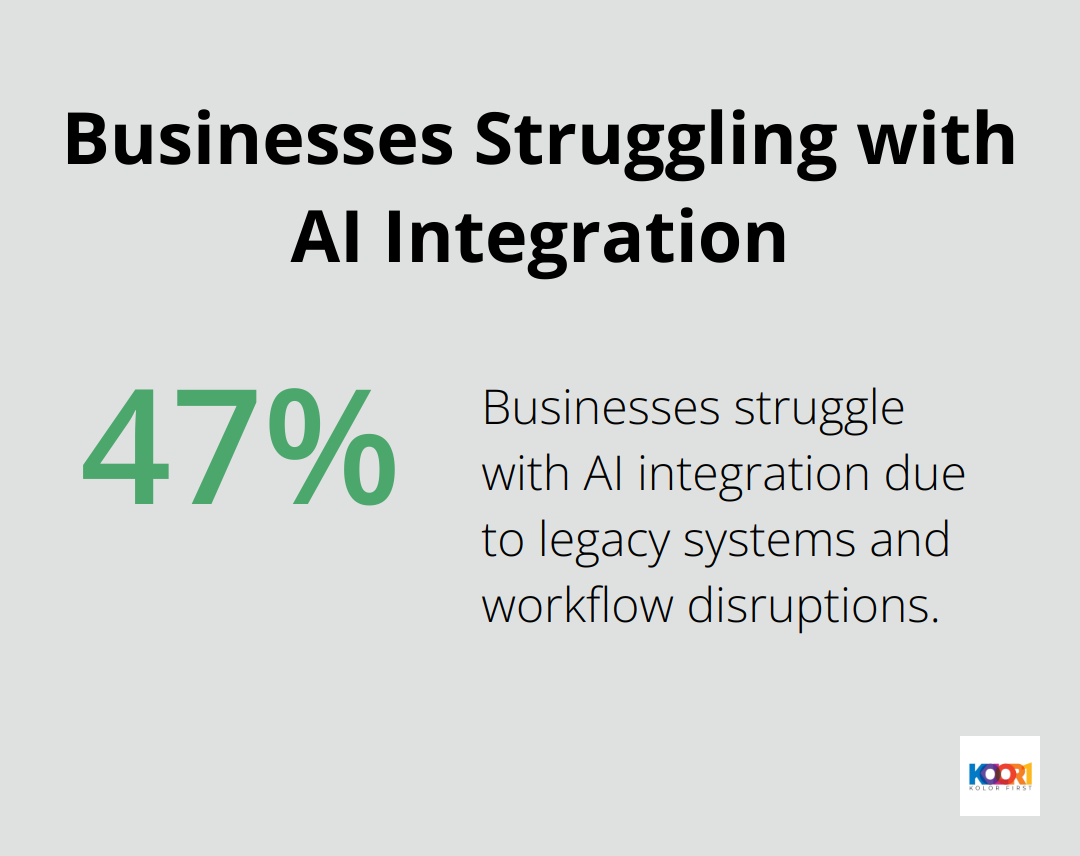
This integration often requires substantial investment in training and infrastructure upgrades. Adobe’s introduction of AI features in Creative Cloud (a popular suite of design tools) resulted in a learning curve that temporarily decreased productivity for many design teams before they realized long-term gains.
Balancing AI and Human Expertise
The effective use of AI in web design requires a delicate balance between technological capabilities and human expertise. While AI tools can automate many aspects of the design process, they lack the intuition and emotional intelligence that human designers bring to projects. Companies must find ways to leverage AI’s strengths (such as data processing and pattern recognition) while preserving the irreplaceable human elements of creativity and strategic thinking.
Final Thoughts
Artificial intelligence in web design has revolutionized the industry, transforming website creation, optimization, and user experiences. AI-powered tools streamline processes, enhance engagement, and provide unprecedented data-driven insights. The future of web design will likely see further advancements in automated processes, predictive analysis, and real-time optimization.
We at Kolorfirst LLC recognize the importance of balancing AI capabilities with human expertise. Our approach to artificial intelligence web design combines cutting-edge AI tools with the skills of our designers and marketers. This synergy allows us to create websites that are technically proficient and emotionally resonant.
Success in web design now depends on adaptability and continuous learning. Designers, developers, and businesses must stay informed about AI advancements while honing their uniquely human skills. The integration of AI with human creativity will shape the future of web experiences, making them more efficient, engaging, and meaningful to users.



